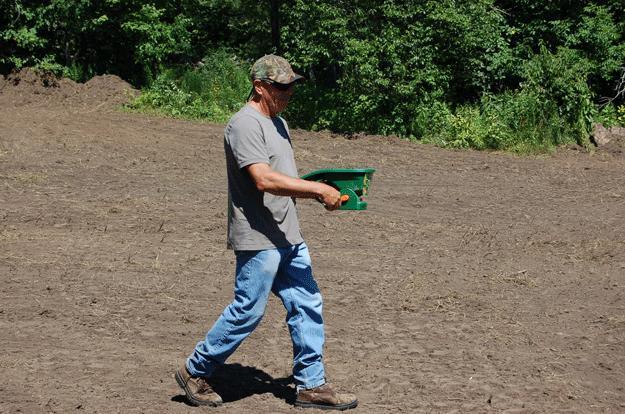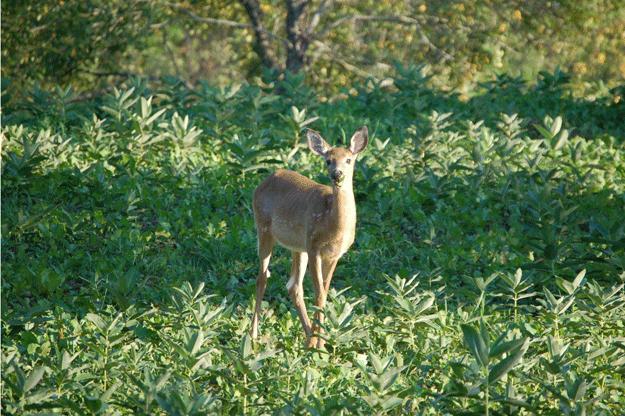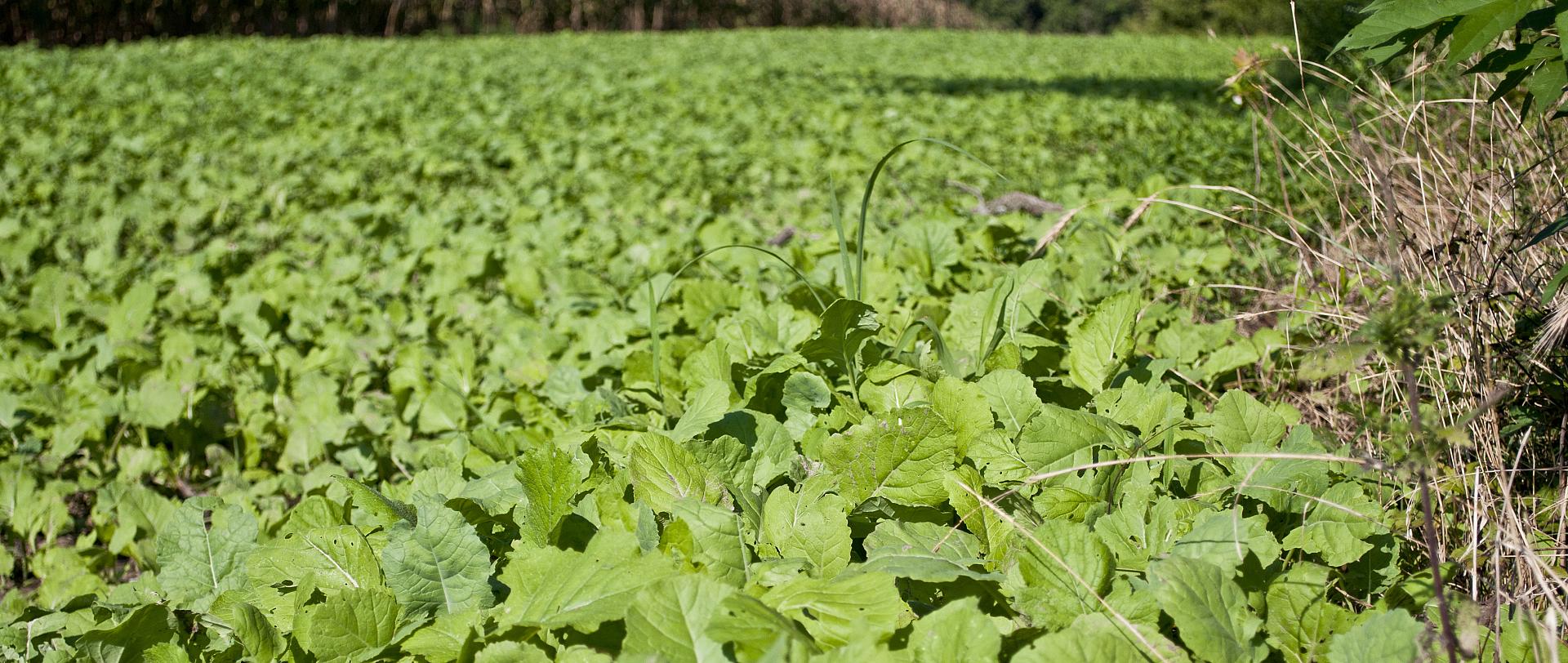Deer diner
Plan a food plot now to keep fall whitetails close at hand
Advertisement
Last year’s bowhunting season was challenging for my crew and me. The deer near my cabin where we hunt in central Ontario were tough to pattern because their behaviour was so inconsistent. It was one of those frustrating here-today-gone-tomorrow situations. So, over the winter, we hatched a plan. We decided to give them a food source that would hopefully keep them nearby from opening day through to the late season. Here’s how we did it, and how you can, too.
Location: The land around my cabin was once my great-grandfather’s farm, but the fields are now totally overgrown with brush. While I have plans to convert each field into a food plot, it would be impossible to tackle the whole property at once. With that in mind, my hunting buddies and I first focused on the one field that deer already find attractive. Not only are there plenty of wild apple trees, but the field is also surrounded by hundreds of acres of swamps and rolling hardwood hills—perfect whitetail habitat.
Advertisement
Forage: Since there was so much work needed to clear the field of brush, we knew we wouldn’t be able to sow until midsummer. That meant brassicas were the way to go. Members of the mustard family, these plants have a 60-day growing season, producing a huge amount of forage. Plus, they grow well in less than ideal soil conditions. We selected a blend of sugar beet, daikon radish, turnip and forage rape, planted at four pounds of seeds an acre.
Equipment: As luck would have it, one of our gang had recently purchased a used tractor. All we needed for the job was a Bush Hog rotary cutter and a set of discs, which we rented from a tractor store. If rentals are not available in your area, you may be able to pay a local farmer to till your plot for you.
Effort: For three weekends in June, two of my hunting buddies and I sweated through clouds of hungry mosquitoes and deer flies, clearing brush with a chainsaw in scorching heat. Our legs and arms were so scratched up, it looked as if we’d been in a fight with a bobcat. Once we were done, though, we had three acres of cleared field with apple trees scattered throughout. Then we broke out the tractor and Bush Hog, which made short work of all the berry bushes and small brush we had left behind. Next came the discs. Since the land had lain fallow for so many years, turning the dirt was tough—it took more than two days in early July to chop through all the sod and roots.
Advertisement

We then left the plot alone until we were ready to seed in early August, when we turned the dirt one more time before fertilizing, seeding and packing it. Now, the two most important aspects of planting any food plot are good seed-to-soil contact and properly packing the seed into the soil. Because the seeds are so small, they don’t have to be covered in soil, but they do have to be packed down into it.

Our efforts certainly paid off. By this past Labour Day, some areas of the plot already had more than a foot of growth, with deer feeding on the forage rape. The next week they started eating the leaves of all the other plants. To say the plot has become a regular destination for the local deer is an understatement—it has become the centre of their universe

